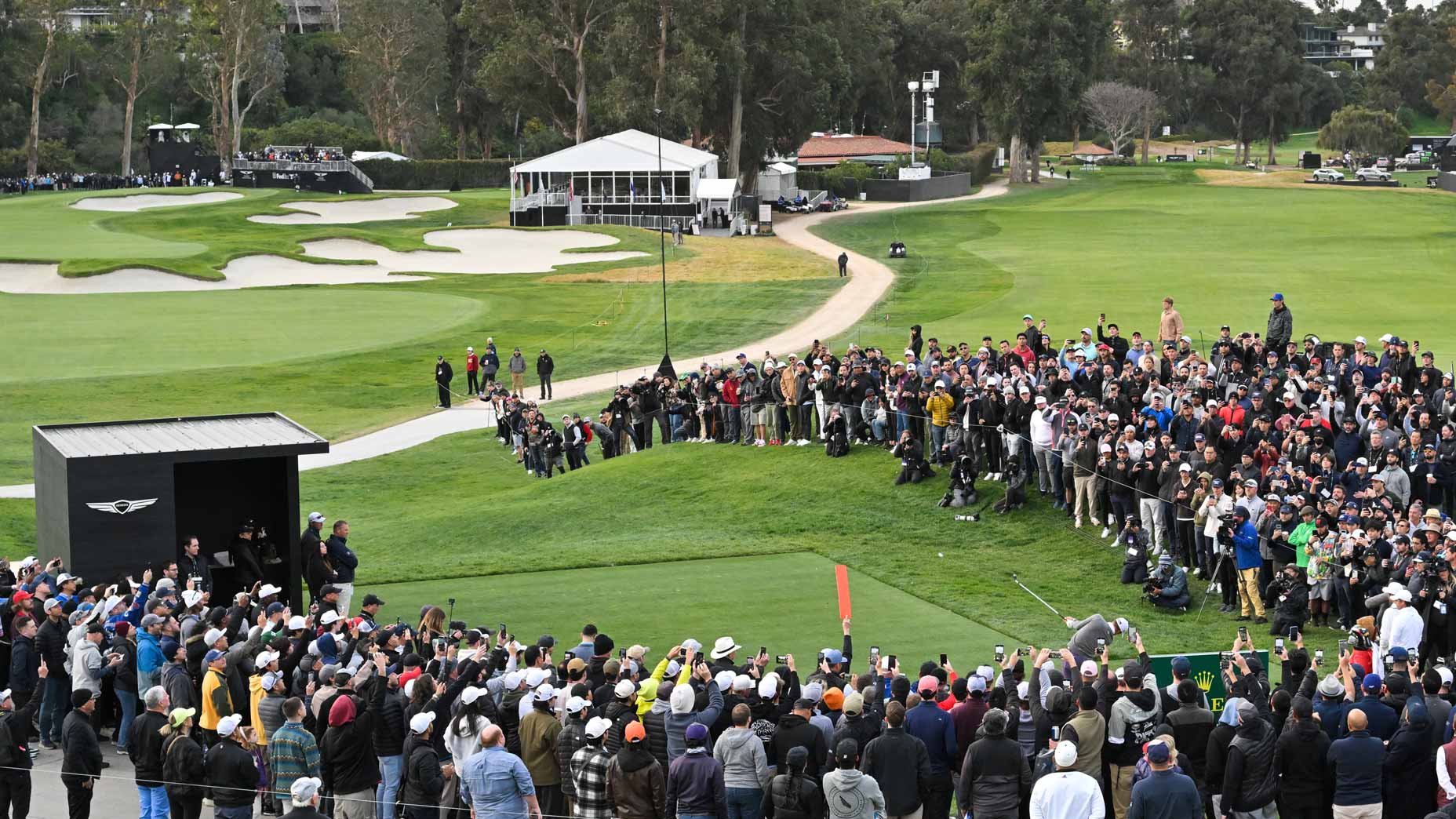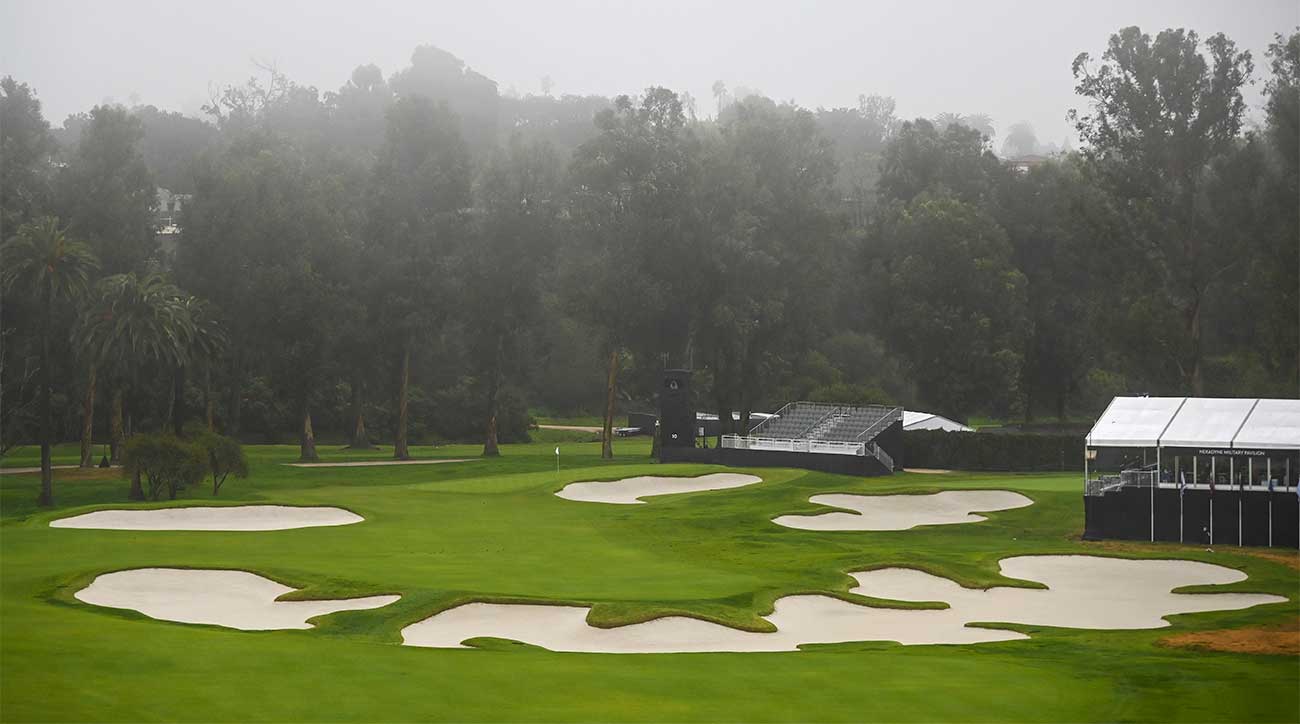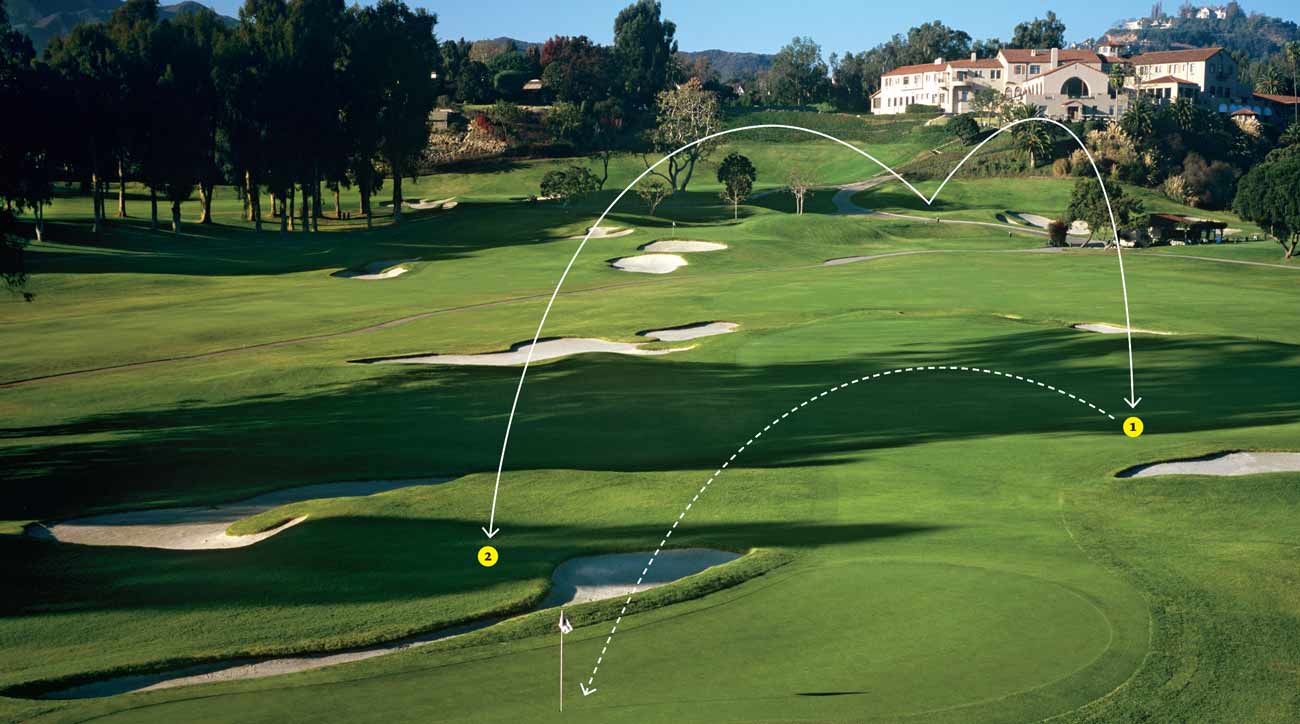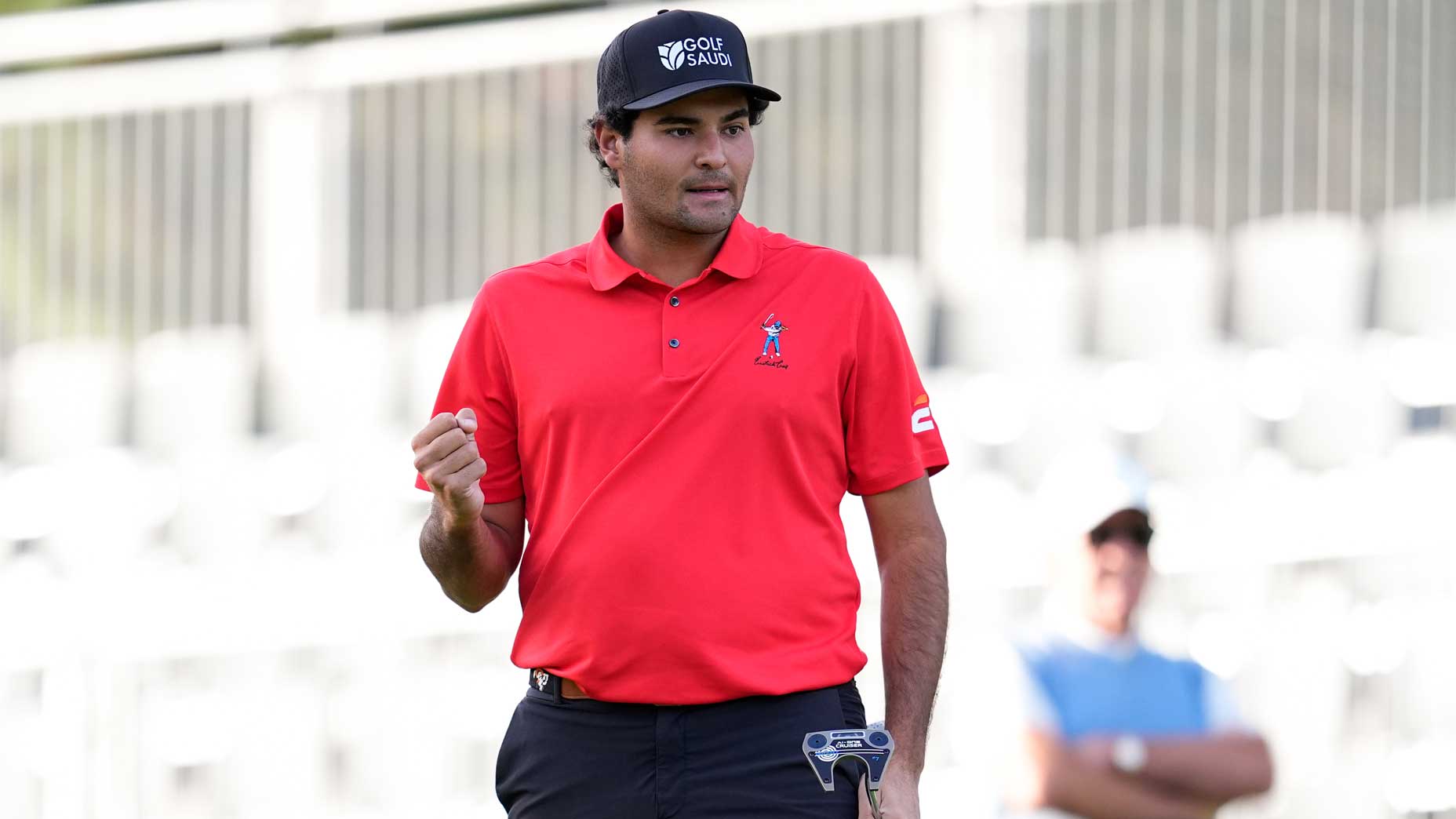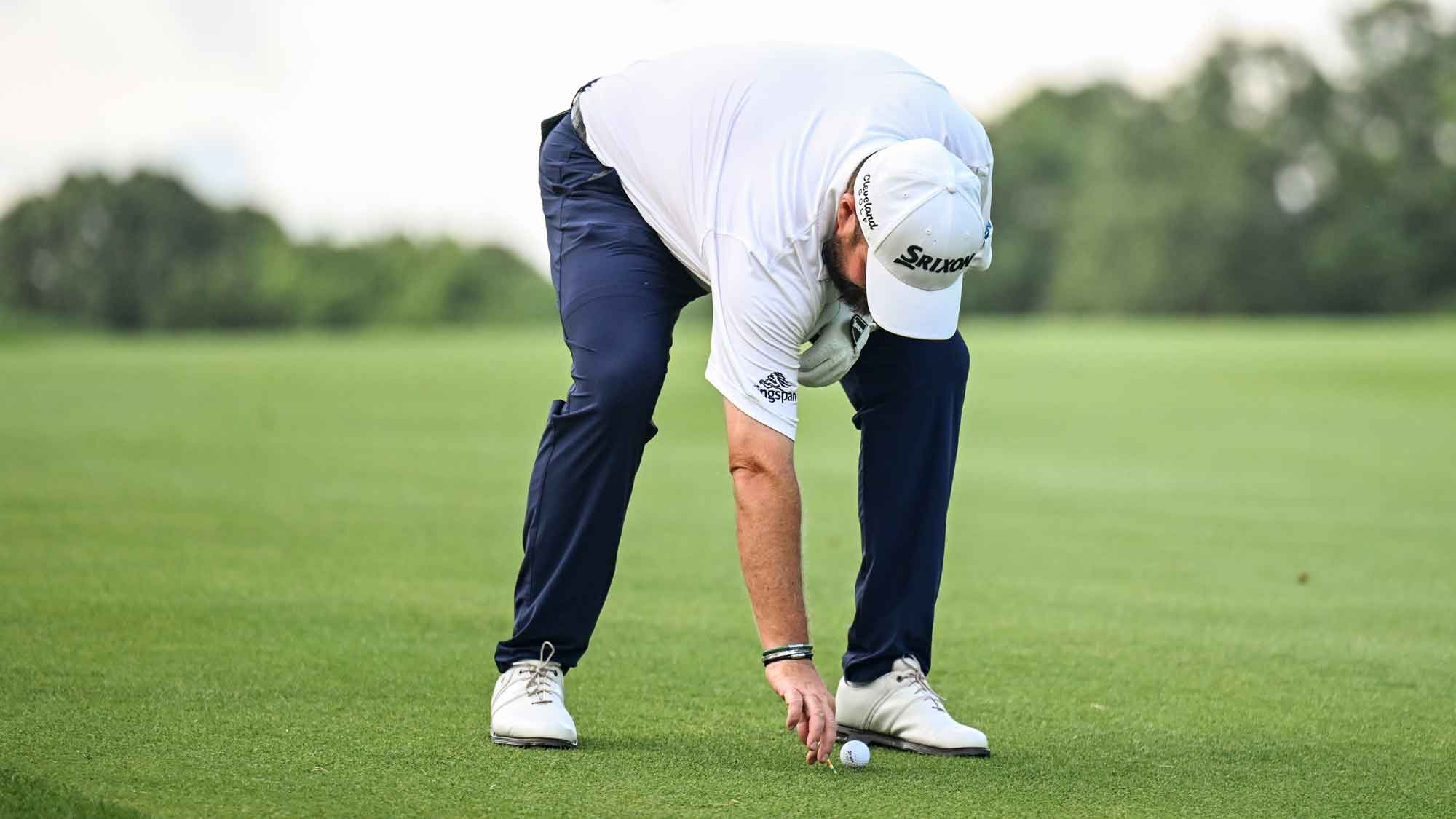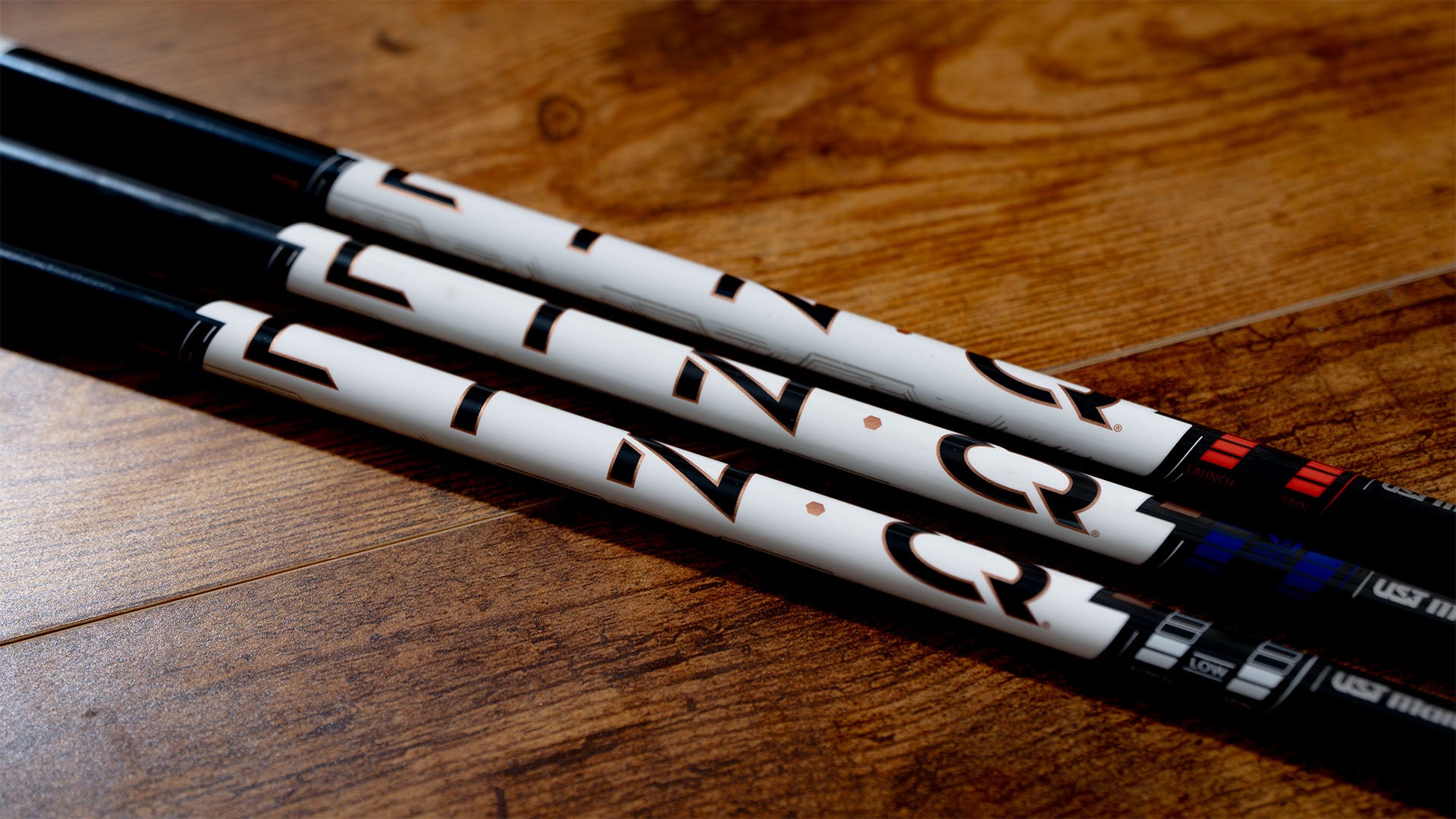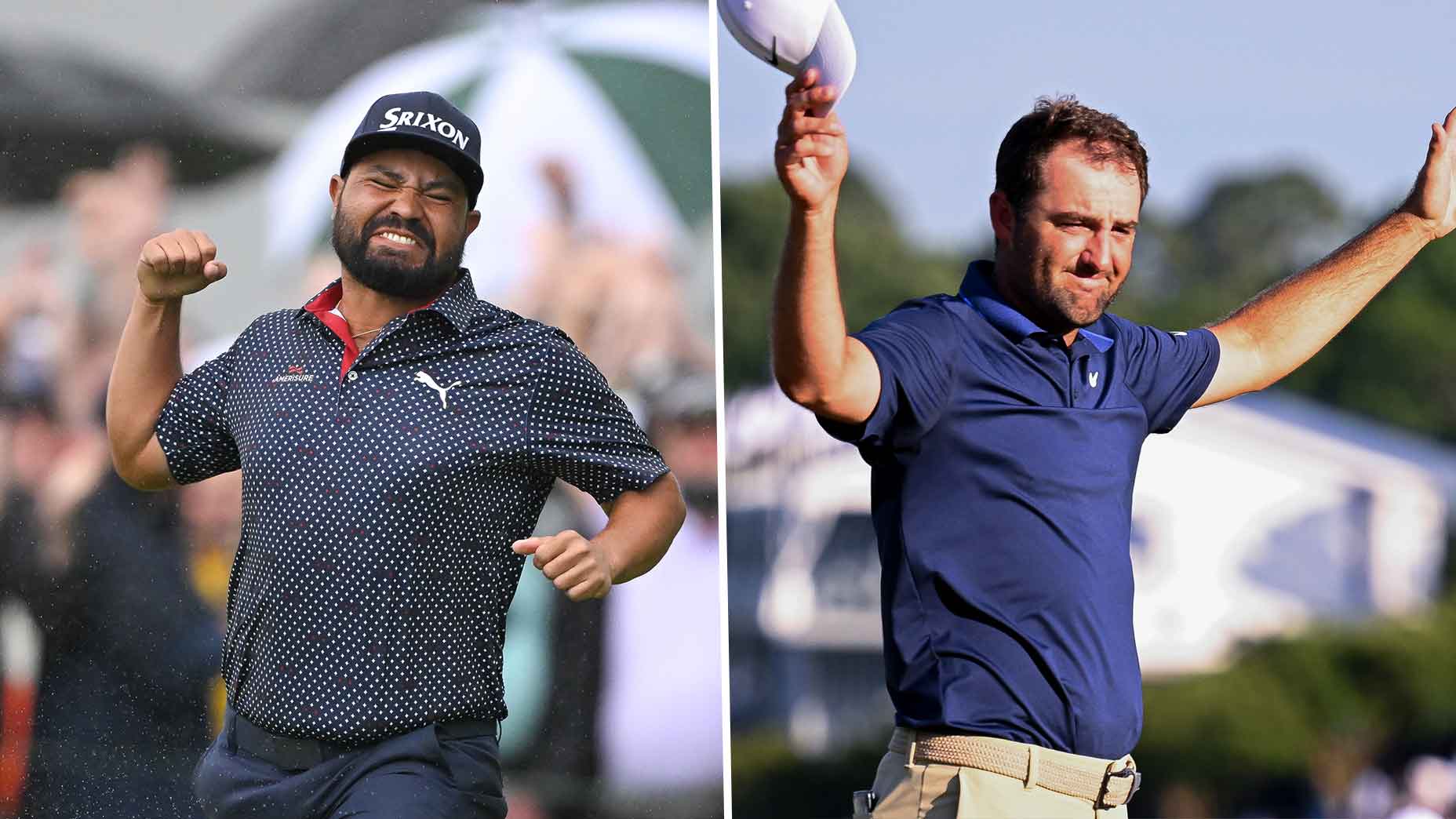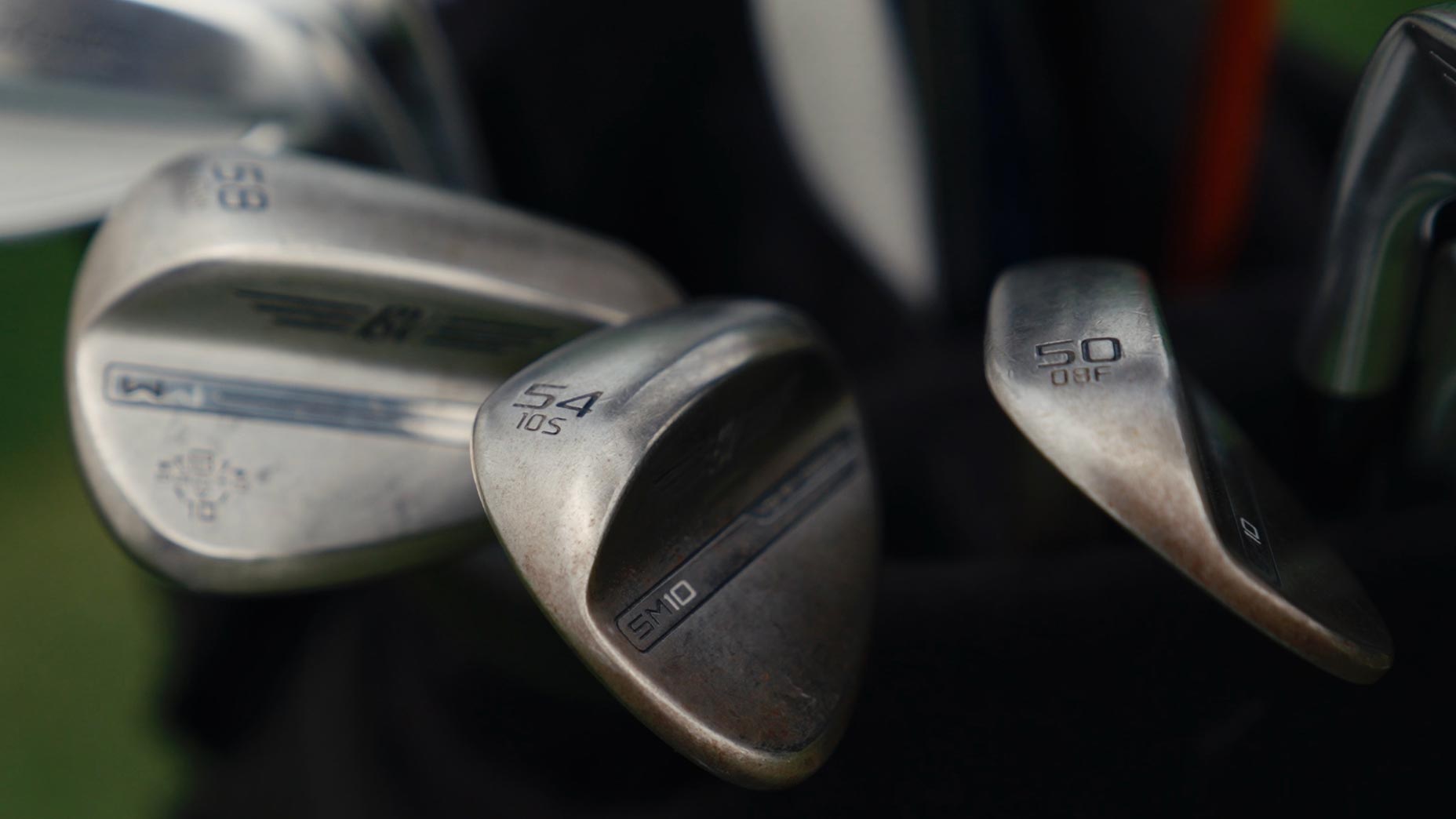On Friday, Kevin Streelman nearly drove the 10th green, leaving himself just a 25-yard chip to the hole from just inches off the front part of the green.
On any other drivable par-4 on the PGA Tour, Streelman would be looking at an easy birdie opportunity. But Riviera Country Club‘s famous 10th hole is no ordinary hole.
Instead, Streelman’s eagle chip dove left as soon as it hit the putting surface and caromed all the way past the pin and into the middle of the bunker beyond the green.

Those types of shots are all too common on No. 10 which ranks as the second hardest par-4 shorter than 350 yards on the PGA Tour since 2013-14. The 2nd hole at Spyglass Hill has played just seven-hundredths of a stroke harder than 10 at even par over the same time period. The sample size for Spyglass Hill is much smaller, however, as the course is only played for one round during the AT&T Pebble Beach Pro-Am.
On Friday at the Genesis Invitational, the hole was even tougher, playing to a stroke average of 4.086, despite playing only 304 yards. That was less than three-tenths of a stroke easier than the 494-yard par-5 1st (which is playing harder than it has in a decade).
Course Rater Confidential: Is Riviera’s 10th hole the greatest short par-4 in the world?By: Top 100 Panelists
Streelman was able to get his third up and down for a hard-earned par, but not everyone else had the same fortune.
Tiger Woods had his own “mishap” on 10 during the opening round of the Genesis Thursday. Woods mishit his driver from the tee, leaving himself an awkward long bunker shot. He chunked the second, leaving him an awkward pitch for a third, which like Streelman, he was unable to stop on the green that pitches hard from right to left and finished in the back bunker.
Woods saved a solid bogey, but it was less than ideal when the scorecard would seem to indicate an eagle opportunity. None were made over the opening two rounds.
The beauty (and difficulty) is in the nearly century-old design by George C. Thomas. In addition to the severe leftward pitch of the green, the putting surface is angled about 45 degrees off the line of the fairway. Additionally, the approach kicks balls away from the green, instead of toward it, making it even harder to run a tee shot onto the green.
All of those angles make it nearly impossible to hit the green if your tee shot is short and right. Pros were just 2-of-15 in hitting the green from the right rough over the first two rounds, including none Friday, the hardest on the course from the right rough.
Viktor Hovland experienced that on Friday. His second from the right rough was short in the front greenside bunker. His third went over the green, and he took three more to get down for a double-bogey 6.
And yet despite all the train wrecks it has seen over the years, the holes is often known as a player’s favorite.
Riviera’s No. 10: How to work the angles on a short par-4By: Dylan Dethier
“You can make a case for 10 [as my favorite] obviously,” Jon Rahm said after an opening-round 65 during which he birdied 10 while being one of just seven to drive the green. “I’m pretty sure if you gave everybody four pars, we would all take it, except the rare year if somebody gets a little lucky on the tee shots and you get a chance to make birdie.”
Max Homa also made birdie on 10 Thursday, his first of the day. Although he did it the hard way, driving it long and left of the green before dumping his second in the back bunker. His third found the bottom of the cup to jumpstart the 18- and 36-hole leader’s tournament.
1st shot: Relatable
— PGA TOUR (@PGATOUR) February 16, 2023
2nd shot: Not so much 😅
@MaxHoma23 makes birdie the hard way on No. 10 @TheGenesisInv. pic.twitter.com/3YsFu1a4i9
“I would have taken par on the tee,” Homa said Thursday after a 64. “I told [my caddie] Joe [Greiner] that was probably the coolest way I ever started a round because I hit a good drive and you were kind of praying. And I had a not-so-good lie in a not-so-great spot and I hit a pretty good flop shot, it came up a step or two short and now I’m staring bogey or worse in the face.
“But I thought I collected myself. I knew I hadn’t done a whole lot wrong so trusted my bunker game. I hit a very good bunker shot, I will say, but that was a nice boost.”
The overwhelming majority of pros — nearly 95 percent through the opening two rounds — go for the green at 10. Given that the hole has the lowest green-in-regulation percentage on Tour from less than 75 yards (just 61.96% since 2013).
Since 2003, players who go for the green are a combined 897 under par while those who layup are 130 over par. Just one birdie was made in the opening two rounds by someone who laid up.
If you really want to find out how difficult it is when a layup goes awry, ask Justin Thomas. He hit iron on both Thursday and Friday with his first attempt finding the cross bunker 116 yards from the hole. His approach found the back bunker, and he was unable to get the up-and-down.
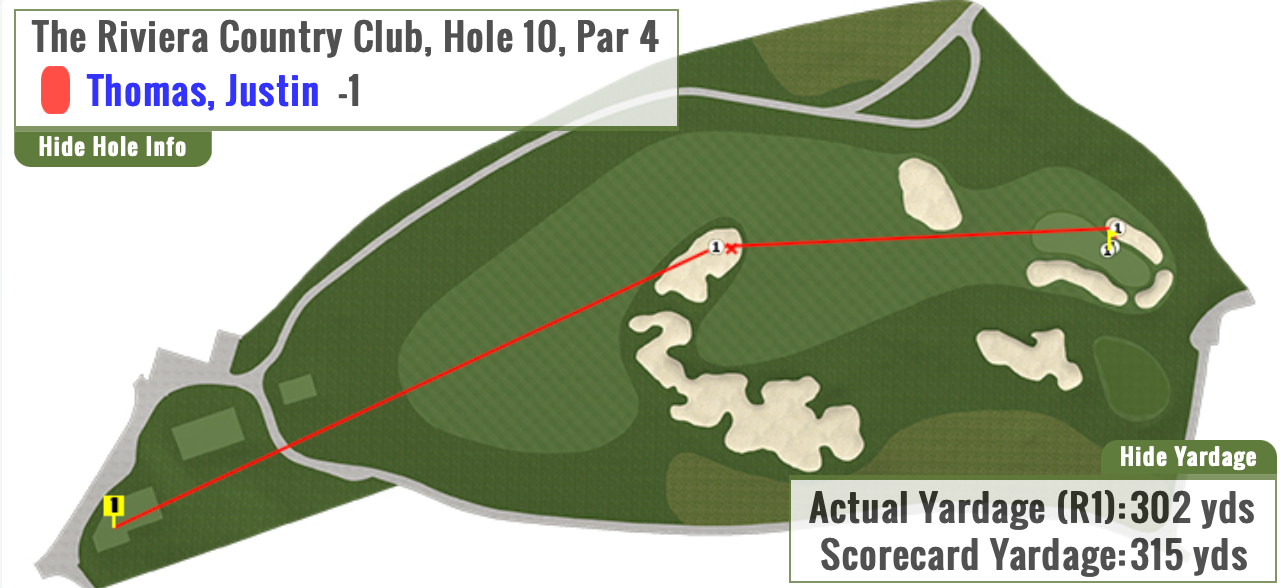
His tee shot found the right fairway on Friday, but that wasn’t any better. His approach came up short in the front bunker, leading to another bogey.
For Saturday’s third round, officials moved the pin all the way on the front left portion of the green, which as of this writing (2:45 p.m. ET) has already led to the first two eagles of the week. Thomas came up just short of the green with his fairway wood tee shot, and he got up and down for birdie this time.
